Shakoora Gaylon, California Specialist for Unleaded Kids

What is Happening?
California is considering eliminating its Child Health and Disability Prevention Program that could set back blood-lead testing for kids, especially in low-income, rural areas.
Under the federal Medicaid program, blood lead screening tests for children at 12 and 24 months of age is a required element of its Early and Periodic Screening, Diagnostic and Treatment (EPSDT) services to low-income children. In California, the Department of Health Care Service (DHCS) administers EPSDT as part of its “Medi-Cal for Kids and Teens” program.
To support getting children the care they need, DHCS administers the state’s Child Health Program, through which counties receive funding to help families access EPSDT services from participating private physicians, local health departments, community clinics, managed care plans, and some local school districts.
In 2022, DHCS said it wanted to eliminate the Child Health Program, including funding to counties, to “simplify and streamline the delivery of services to children.” It also proposed shifting its program report from every other year to annually. Later in 2022, the General Assembly authorized DHCS to proceed on the condition that it engages stakeholders and develops and implements a transition plan. DHCS must certify it has completed those tasks and can proceed with its final plan no sooner than July 1, 2024.
Last year, DHCS released a proposed transition plan and held stakeholder meetings. The plan moves responsibility for outreach and education activities provided by counties under the Child Health Program to Medi-Cal’s managed care providers, who conduct the screenings.
Why it Matters
According to the Centers for Medicare and Medicaid Services (CMS), California falls well below national rates for blood-lead testing of children at 12 and 24 months1—38.4% compared to 45.8% nationally in 2021. Even in 2019, before the pandemic, California was at 42.6% compared to 50% nationally.
Using a measure focused on children continuously enrolled for 12 months prior to their second birthday, DHCS reported that in 2021 it tested 58% compared to 64% nationally. A better percentage but still significantly below the national average.
DHCS also reported that 7 of the 8 counties with the lowest testing rates, all below 36.5%, were in the North/Mountain region, a region with the lowest testing rate among the 6 regions in the state.
EPSDT requires this testing because toddlers in low-income families are at the greatest risk of exposure to lead hazards. At an individual level, testing allows lead-exposed children to be identified and provided with much-needed services including case management and environmental investigation services. At the population level, testing also plays a critical role in preventing lead exposure in the first place by informing and supporting the development of broader primary prevention efforts and policy priorities.
With the funding received through the Child Health Program, California counties have served the crucial function of connecting families to required EPSDT services (including blood lead testing) and the managed care providers providing them.
Our Take
DHCS’s proposed transition plan is vague and appears to simply put the burden on managed care providers, many of whom are already failing to provide children with the required blood lead tests. Without clearly addressing this shortcoming, eliminating the Child Health Program puts even more California children at risk of not being identified as lead exposed and delaying opportunities to prevent additional exposures and reduce blood lead levels.
Bypassing the local administration of the Child Health Program and the associated Medi-Cal funding without a clear plan to fill the gaps in addressing the required blood lead screening for EPSDT will only exacerbate existing screening disparities. The impact may be particularly significant in the North/Mountain region since it was already falling behind the other regions, with seven of its counties doing much worse. While shifting from biennial to annual reports can help us better track the problem, their reports don’t appear to result in positive changes, so the increased frequency may not have an impact.
Next Steps
DHCS still has an opportunity to fix this shortcoming before it finalizes and implements the proposed transition plan. We encourage the agency to ensure the plan will improve—rather than set back—blood lead screening rates across the state, especially in the counties with lowest performance rates, and best serve the children of California.
- Comparing total for 14a to total for 13 from Form 416. See CMS’s compilation of state Form 416s. ↩︎
